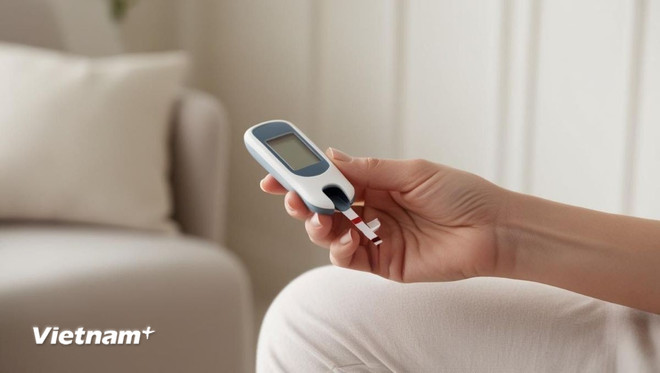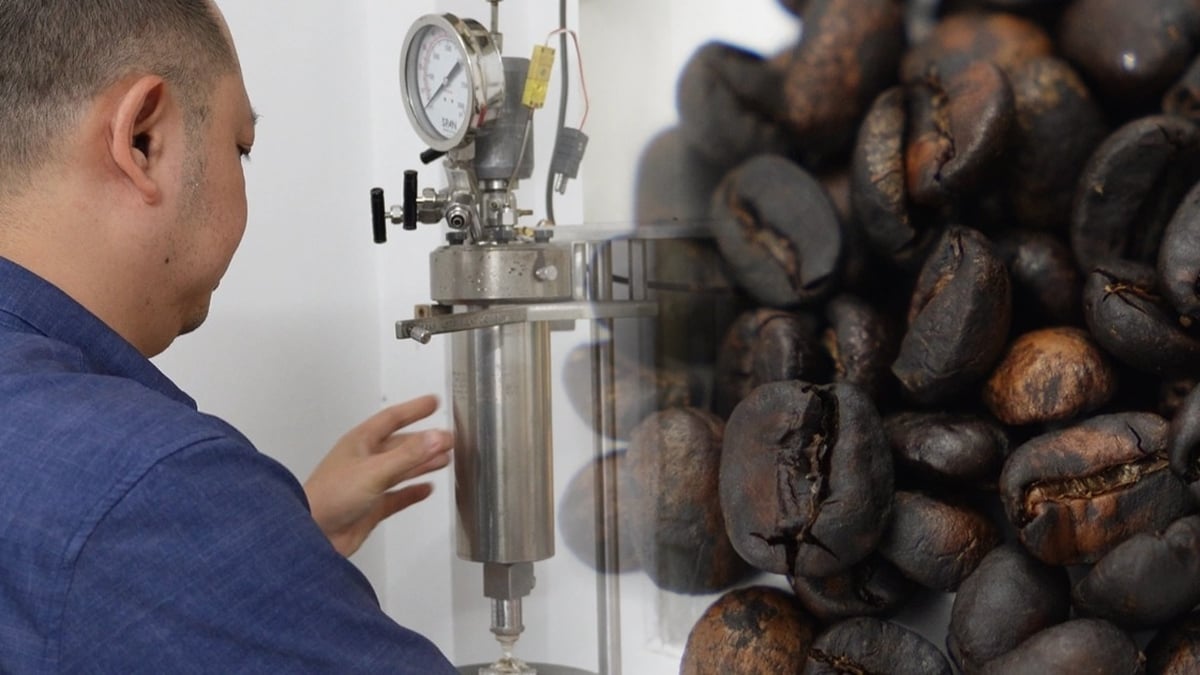Diabetic ulcers are a familiar term to diabetics. This is a complication that is easily seen in both people with type 1 and type 2 diabetes for a long time.
Ulcers can appear anywhere on the body of a diabetic patient. If not treated promptly, they can easily become necrotic due to infected wounds.
Early warning signs
When detecting the following signs, diabetic patients need to see a doctor immediately for intervention and to prevent diabetic ulcers from progressing into more dangerous complications:
Numbness in the legs, loss of sensation in one or both legs.
Leg swelling, dark skin, blackening or heat around the wound.
Redness in the toes or feet.
Fluid from the feet stains socks or shoes and has an unpleasant odor.
Pain or stiffness around the wound.
Fever and chills appear along with the leg ulcer symptoms mentioned above.
Factors that increase the risk of ulcers in diabetes

Type 2 diabetics are more likely to develop ulcers than type 1 diabetics.
Duration of diabetes has been at least 10 years.
Poorly controlled diabetes and high HbA1C.
Male patients are generally at higher risk than female patients.
History of diabetic foot ulcers.
In addition, the following factors also increase the risk of diabetic ulcers:
Overweight, obesity;
Poor blood circulation;
Wear ill-fitting shoes, go barefoot;
Aging;
Smoke;
Drinking too much alcohol;
High blood cholesterol.
Smokers and overweight people have a higher risk of diabetic ulcers.
Why are diabetic ulcers difficult to heal?
Diabetic skin ulcers are often difficult to heal due to the following three main reasons:
First, the abnormally high blood sugar levels in diabetics provide an ideal environment for bacteria to grow. Bacteria thrive, increasing the risk of infection in open wounds on the patient's skin, making them more difficult to control and heal.
Second, poor blood circulation due to inflammation and narrowing of the microvascular system, due to the stress and oxidation that occurs when blood sugar is high. This reduces the ability to treat wounds, because blood not only delivers nutrients to the tissues and muscles, but also transports biological compounds from drugs to the wound site.
Third, glucose metabolism disorders, leading to fat and protein metabolism disorders, weaken the immune system and cause the body's wound healing activity to decrease or be partially or completely stopped, thereby making ulcers in people with diabetes difficult to heal. Treating diabetic foot ulcers to recover quickly is one of the issues that many patients are concerned about.
Care for diabetic ulcers to prevent infection
To avoid diabetic complications that cause skin ulcers, and to prevent them from developing into infected areas, causing infection leading to necrosis as soon as they are detected, patients need to take the following care steps:
Wash the wound with saline and then cover it with a bandage to prevent infection. Avoid using strong antiseptic solutions such as hydrogen peroxide because they can make the wound more difficult to heal.
Check and change the bandage regularly: You need to change the bandage every 1-2 days to ensure the wound is always clean and dry.

Reduce pressure on the ulcer: Once the wound is closed, you should use soft, loose-fitting shoes to reduce pressure on the ulcer and prevent future recurrence. If the ulcer is on the sole of the foot, you should use specialized shoes or crutches to reduce pressure and irritation to the ulcer area, helping to increase the effectiveness of treatment and minimize infection.
Diabetic ulcers are a rather complicated complication of this disease. However, if you apply the correct methods as directed by your doctor, you will minimize its negative effects on your body.
If you see the wound bleeding/pus continuously or has a foul odor, you need to quickly see a doctor as soon as possible so that the doctor can provide medical intervention./.
Source: https://www.vietnamplus.vn/vi-sao-vet-loet-tren-da-cua-nguoi-tieu-duong-thuong-kho-lanh-post1051220.vnp


































































![[Photo] National Assembly Chairman Tran Thanh Man receives Chairman of Morocco-Vietnam Friendship Association](https://vphoto.vietnam.vn/thumb/402x226/vietnam/resource/IMAGE/2025/7/26/b5fb486562044db9a5e95efb6dc6a263)



































Comment (0)